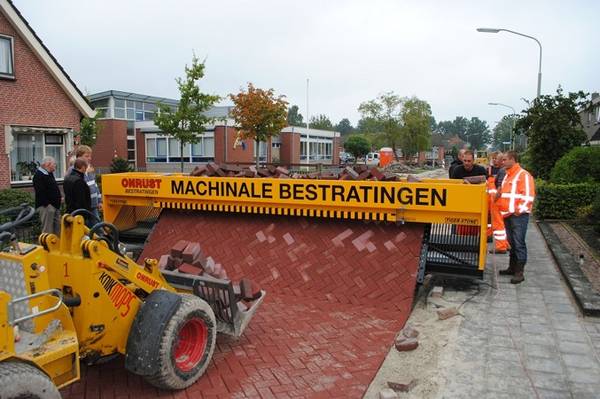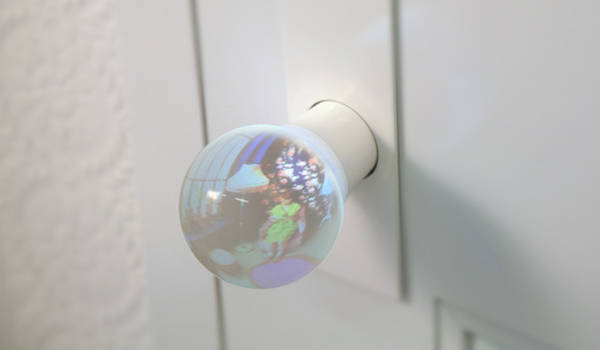The best scientific theories (that later turned out to be wrong): "

Science can contradict itself. And that's OK. It's a fundamental part of how research works. But from what I've seen, it's also one of the hardest parts for the general public to understand. When an old theory dies, it's not because scientists have lied to us and can't be trusted. In fact, exactly the opposite. Those little deaths are casualties of the process of fumbling our way towards Truth*.
Of course, even after the pulse has stopped, the dead can be pretty interesting. Granted, I'm biased. I like dead things enough to have earned a university degree in the sort of anthropology that revolves around exactly that. But I'm not alone. A recent article at the Edge Foundation website asked a broad swath of scientists and thinkers to name their favorite long-held theory, which later turned out to be dead wrong. The responses turn up all sorts of fascinating mistakes of science history—from the supposed stupidity of birds, to the idea that certain, separate parts of the brain controlled nothing but motor and visual skills.
One of my favorites: The idea that complex, urban societies didn't exist in Pre-Columbian Costa Rica, and other areas south of the Maya heartland. In reality, the cities were always there. I took you on a tour of one last January. It's just that the people who lived there built with wood and thatch, rather than stone. The bulk of the structures decayed over time, and what was left was easy to miss, if you were narrowly focused on looking for giant pyramids.
What's your favorite dead theory?
The Edge: Wrong Scientific Beliefs That Were Held for Long Periods of Time
*Likewise, just because some ideas have turned out to be wrong doesn't mean it's safe to assume all the scientific truths we hold today will be disproved somewhere down the line.
We've spent several hundred years now carefully collecting data about our lives, our planet, and the wider Universe. But we don't have all the information. Sometimes, new research comes in and confirms our previous picture of reality, and sometimes it doesn't. It's not random. It's often easy to see how facts are stacking up and get a good idea of likely reality even when you don't yet have all the pieces perfectly in place. But the point is: You can't generalize.
Image: The cover of Laurie Anderson's 1982 album Big Science, as photographed by kevindooley. Some rights reserved.




"









